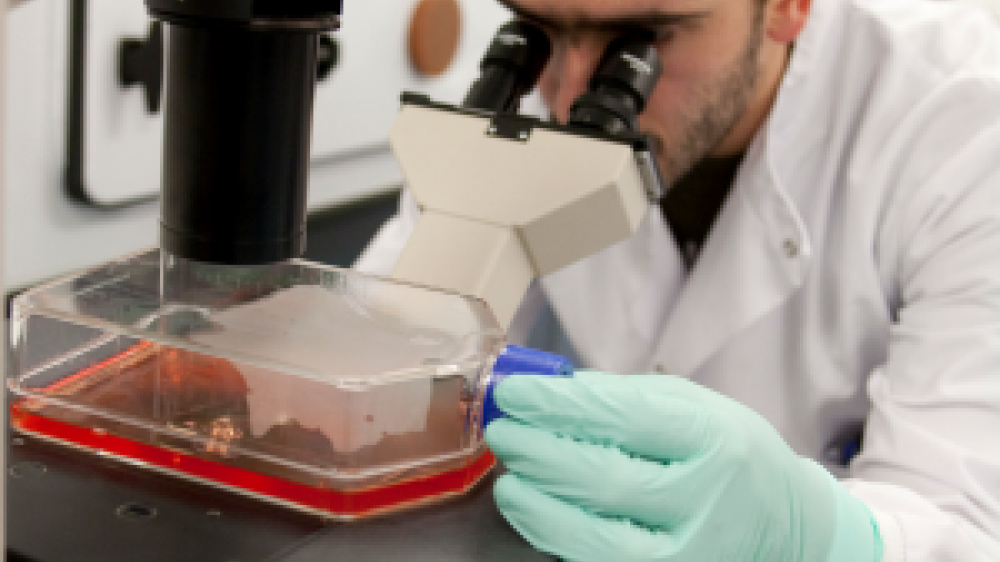Announcing four new Training Fellowships

Four new NC3Rs Training Fellowships, totalling £460k, have been awarded to talented 3Rs-minded postdoctoral researchers to support the development of their careers.
The Training Fellowship scheme was launched in 2016 to provide early career researchers with an opportunity to acquire new skills and research experience focused on the 3Rs, with the support and guidance of a dedicated mentor.
The current awards bring the total number of NC3Rs Training Fellows to ten. To find out more, visit ‘Meet our Training Fellows’.
The latest awards are summarised below:
Dr Diogo Mosqueira, University of Nottingham – Focused molecular understanding of hypertrophic cardiomyopathy using CRISPR-engineered human pluripotent stem cell-derived cardiomyocytes
Diogo will study hypertrophic cardiomyopathy (HCM: abnormal thickening of the heart muscle) using a human cell-based model that allows the introduction and detailed analysis of different genetic mutations, reproducing features of the disease. Research into HCM relies heavily on animal use (including mice, rats, cats and pigs) and often requires surgical procedures. These animal models are limited in terms of translation by species-related differences in cardiac physiology. The new approach could provide a more physiologically-relevant system for studying the disease, with a potential to replace some of the animals used currently used.
Dr Deborah Caswell, Francis Crick Institute – Refining the lung cancer mouse model through environmental enrichment
Emerging evidence suggests that enriched housing, which should improve animal welfare, can lead to the induction of a more robust immune response and inhibition of tumour growth. This could be particularly important for mouse models used in developing cancer immunotherapies. Deborah will explore whether providing mice used to model lung cancer with an enriched environment improves their welfare in addition to affecting disease progression by studying anti-cancer immune response, tumour growth and cancer associated skeletal muscle loss (cachexia).
Dr Alexandra Iordachescu, University of Birmingham – From ageing to space travel: Developing an organotypic model of skeletal tissue disuse for understanding degeneration in altered environments
The aim of Alexandra’s work is to develop a 3D in vitro model for studying the bone loss that occurs when weight bearing is reduced, for example, during ageing or immobilisation linked to injury. To simulate reduced skeletal loading, human bone cells will be grown on fibrin scaffolds in suspended rotary bioreactors. The system could replace some of the existing animal models and the use of procedures such as immobilisation using toxins and surgical resection of nerves.
Dr Liane Hobson, MRC Harwell – Acoustic Vocalisation Early Response Technologies (AVERT)
Liane will examine how ultrasonic vocalisations (USVs) produced by mice can be used to predict behavioural responses and ultimately to assess animal welfare. As a prey species, mice are known to hide the visual signs of pain and suffering. However, they emit USVs when distressed and prior to aggressive behaviours such as fighting. Liane will simultaneously record mouse USVs and behaviours (using ultrasonic detectors, mouse movement sensors and a high definition camera). Home cage monitoring means that subtle behaviours indicative of poor welfare can be identified and linked to changes in USVs. This will allow USVs to be better employed in the animal facility as a tool for assessing welfare.
